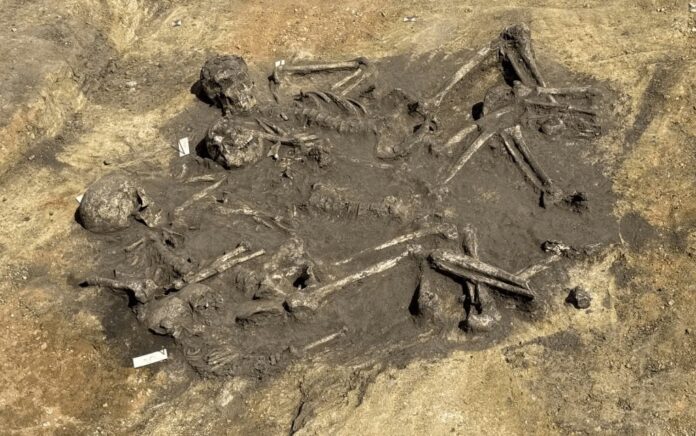Ancient Slavic Community Revealed During Power Line Construction
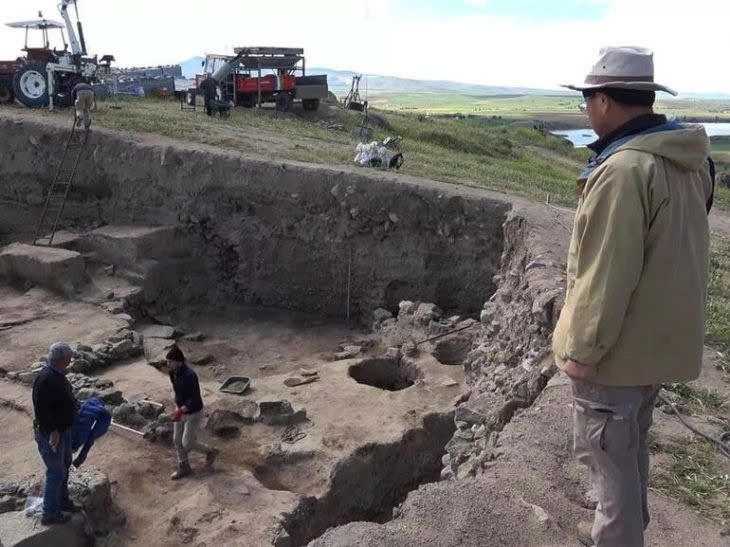
In a fascinating archaeological discovery, experts from the State Office for Monument Preservation and Archaeology (LDA) of Saxony-Anhalt have uncovered a medieval Slavic settlement and burial ground near Wettin-Löbejün, Germany. This remarkable find came to light during preparatory work for the SuedOstLink direct current powerline project.
A Glimpse into 10th and 11th Century Slavic Life
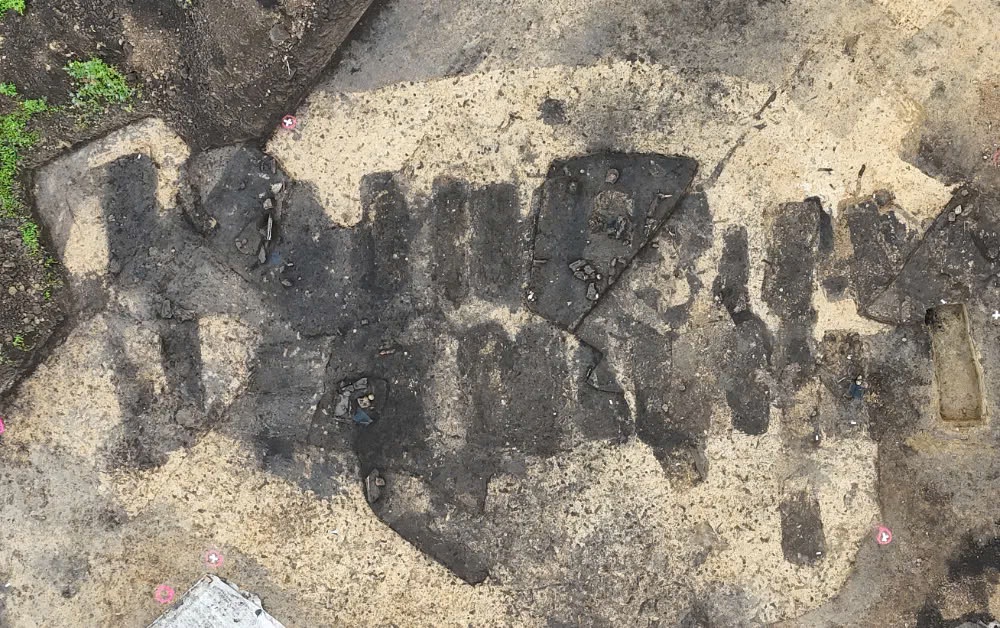
The settlement, dating back to the 10th and 11th centuries, offers a window into the daily lives of its inhabitants. Initially fortified with a large ditch, the community later evolved into individual farmsteads. Evidence of iron ore extraction, smelting, and textile production paints a picture of a thriving craft district. Among the treasures unearthed were a delicate bead and a bronze bracelet, hinting at the settlement’s material culture.
A Crowded Cemetery with Christian Influences
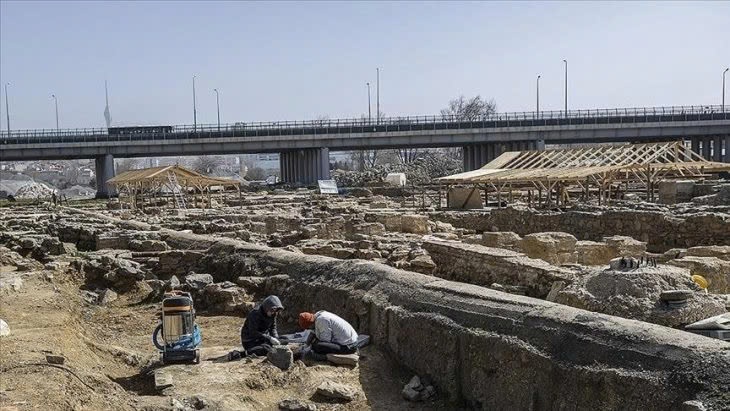
Adjacent to the settlement, archaeologists fully excavated a small but densely populated burial ground. Project leader Susanne Friederich described the cemetery as measuring just 5 by 30 meters, yet containing 60 burials arranged in two parallel rows. The deceased were interred following Christian customs, lying on their backs and facing east, with minimal grave goods.
Two Exceptional Burials Capture Archaeologists’ Attention
A Unique ‘Family Grave’
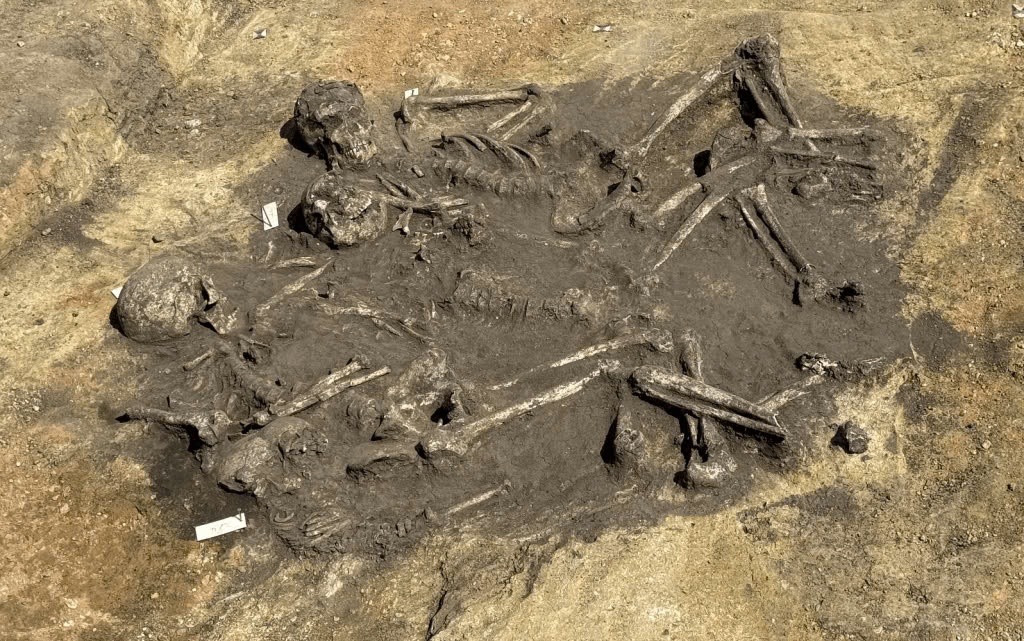
Among the numerous burials, a square pit revealed itself as a ‘family grave’ containing two adults and two children. The presence of wooden corner posts and beams suggests a sophisticated grave architecture, setting this burial apart from the others.
A Child with Hydrocephalus: Evidence of Ancient Compassion
Perhaps the most poignant discovery was the burial of a child believed to have suffered from hydrocephalus, a condition causing an accumulation of cerebrospinal fluid in the skull. In a touching display of community care, beads were placed on the child’s chest, indicating the special concern shown for this young individual despite their likely short life expectancy.
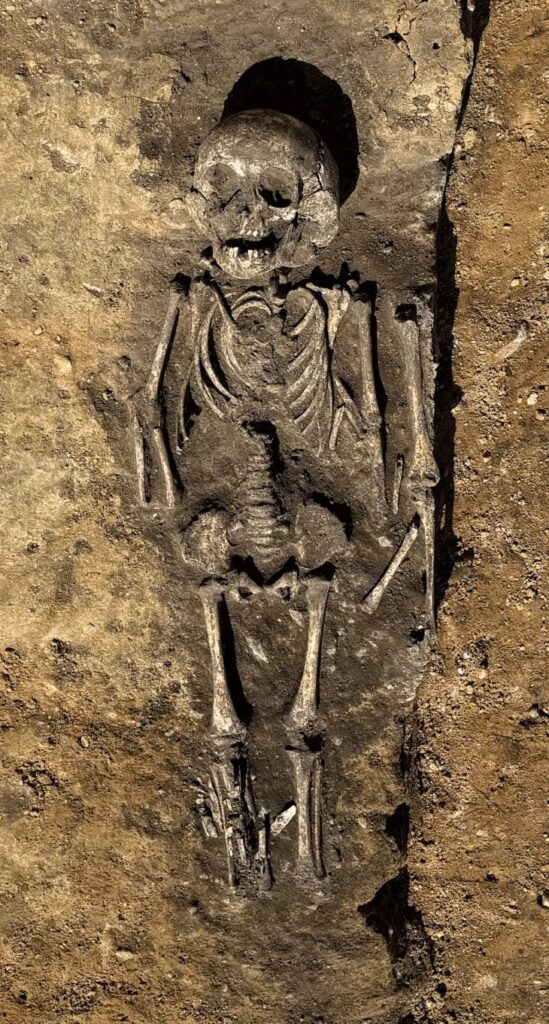
This excavation not only sheds light on the lives of Slavic settlers in medieval Germany but also provides insight into their burial practices and compassionate treatment of community members with medical conditions. As the powerline project continues, who knows what other historical treasures may be unearthed, further enriching our understanding of this fascinating period in European history.
